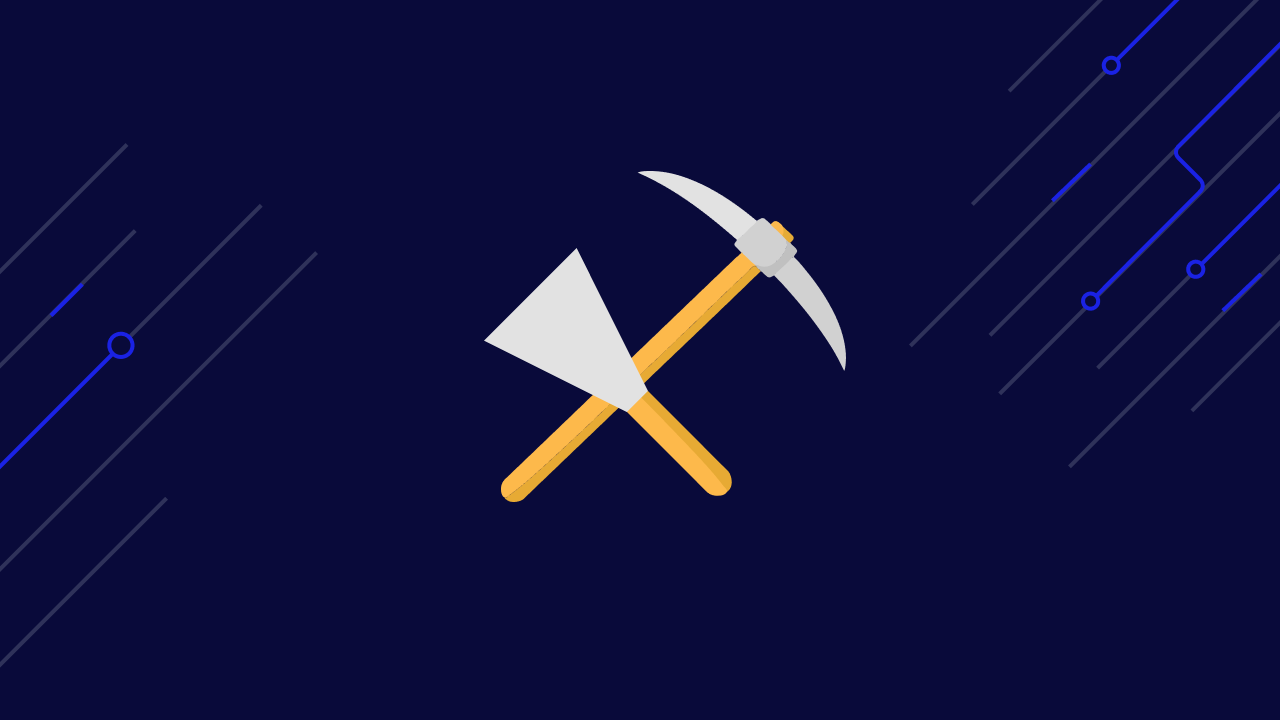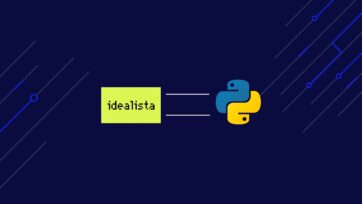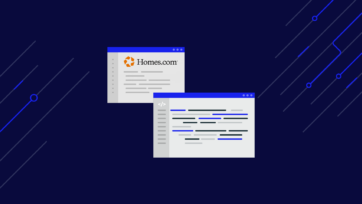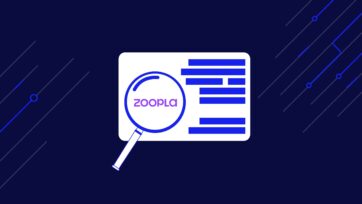Data mining is often confused with data extraction/web scraping, but they are, in fact, two different processes and use wildly different methods to accomplish their goals.
In today’s article, we’ll explore the differences between web scraping and data mining by explaining what each one is, how they are used, and in what projects you’ll need them, so you can start your data analyst journey the right way.
What is Data Mining?
Data mining (also known as knowledge discovery in data or KDD) is the process of sorting through large amounts of data using software, statistical methods, and algorithms to find trends, anomalies, and insights, turning raw data into useful knowledge businesses and individuals can use to make decisions.
However, the term data mining is quite misleading. By “mining”, one could think it’s related to the extraction of the data itself, but that would be more in the realm of data scraping or web scraping. In reality, data mining is part of a process that uses already collected datasets and extracts the knowledge from them.
Data Mining vs Web Scraping: What’s The Difference and How They Relate?
Companies are collecting data at a higher speed and volume, and in a more diverse structure than ever before (big data), making it harder to draw conclusions from these datasets. Data mining was developed as a way to handle all this data and make it useful.
On the other hand, web scraping is the process of extracting information (data) from websites to repurpose it into other applications, and formats or to use it as a source for data analysis.
The confusion between web scraping and data mining comes from how the word “mining” is perceived, but they’re two completely different methods.
However, businesses and data analysts can use web scraping at scale, collecting large amounts of data that they can then mine to extract useful insights like user behavior, sentiment analysis, purchasing and pricing trends, and more.
When to Use Web Scraping for Data Mining
Companies use a lot of methods to recollect data like cookies, 3rd party data collectors, surveys, and public records.
That said, there are a lot of scenarios where the only way to get access to relevant and trustworthy data is through web scraping. In fact, a lot of 3rd-party data providers use web scraping to build their database to then sell the data to other companies – for example, lead generation agencies.
In short, some of the reasons you’d use web scraping for data mining are:
- Your business goal requires alternative data
- You can’t find a reliable 3rd-party data source
- Buying the data from an external source would be more expensive than collecting it yourself
- You need to collect sensitive data from your own private channels
How Does Data Mining Work?
Although there is no right or wrong way to do data mining, there’s a process most data scientists follow when working to solve a business problem, and it can help you focus your efforts through a clear framework.
We can break down the process into four steps:
- Defining the business problem.
At this stage, the business stakeholders and the data science team want to define what’s the issue they want to solve and create a hypothesis on how data can help them solve it. - Getting the data organized and cleaned.
With a clear understanding of the problems and the parameters of the research, data analysts/scientists can now start picking up and cleaning the data sets they’ll be using for the project. If they don’t have the necessary data to inform the defined issue, then they’ll need to collect the information using web scraping, APIs, and any other source necessary. - Building the models and mining the patterns.
Here’s where data analysts will use techniques like machine learning algorithms, association rules, decision trees, and KNN to extract patterns, anomalies, and trends from the data collected. - Knowledge evaluation and implementation.
The last stage of the process is to interpret the data and make sure that everything is valid, novel, useful, and understandable, so organizations can use it to inform their decisions, act on hidden opportunities or correct any uncovered issues.
Web Scraping and Data Mining Applications
Although web scraping and data mining have the ultimate goal to use data to gain a business advantage or solve a problem, web scraping is usually used to collect data for repurposing into new technical solutions, while data mining is more associated with data science projects and business intelligence rather than technical applications.
Web Scraping Use Cases |
Data Mining Use Cases |
|
|
|
|
|
|
|
|
|
|
|
|
|
|
|
|
|
However, the application for both can be limitless as it all depends on your imagination.
Wrapping Up
Data is increasingly becoming more valuable and so the methods we use to collect and make sense of it will keep evolving. New technologies keep appearing to help organizations and data analysts work with data much more efficiently.
We’ve done a lot in this article to show how different these two are, but at the end of the day, these are tools with a similar goal in mind and can be used together.
For example, you could scrape LinkedIn job listing data to uncover trends in job demand, forecast job opportunities, and relevancy. Universities can use this data to put emphasis on certain areas, push new careers or make changes to their curriculums based on job descriptions



